The other day I spoke to a new engineering co-op about the raw materials in PCB connectors. Our discussion covered the most obvious items, like the plastic insulator, the pins, plating, and packaging. Not surprisingly, most of the discussion focused on the contact system in the socket/receptacle, because that is one of the most critical components in the system.
That led to the question “why does an engineer select one contact system over another?” I rattled off a list of factors a designer needs to consider when selecting a contact system for an application. These include, but are not limited to, considering the contact base metal, contact redundancy, normal force, and plating. Here’s what I told him:
Critical Question
In my opinion, the critical question to answer when selecting a connector contact system is “how demanding and rugged is this application?” Is the mated connector set going to be subject to high shock and vibration, many mating cycles, temperature extremes, chemicals and contaminants? Or will it live a quiet, peaceful life in an office? Or is it somewhere in between?
The answer to that question will determine the contact system selected, and of course ultimately impact the cost of the connector set.
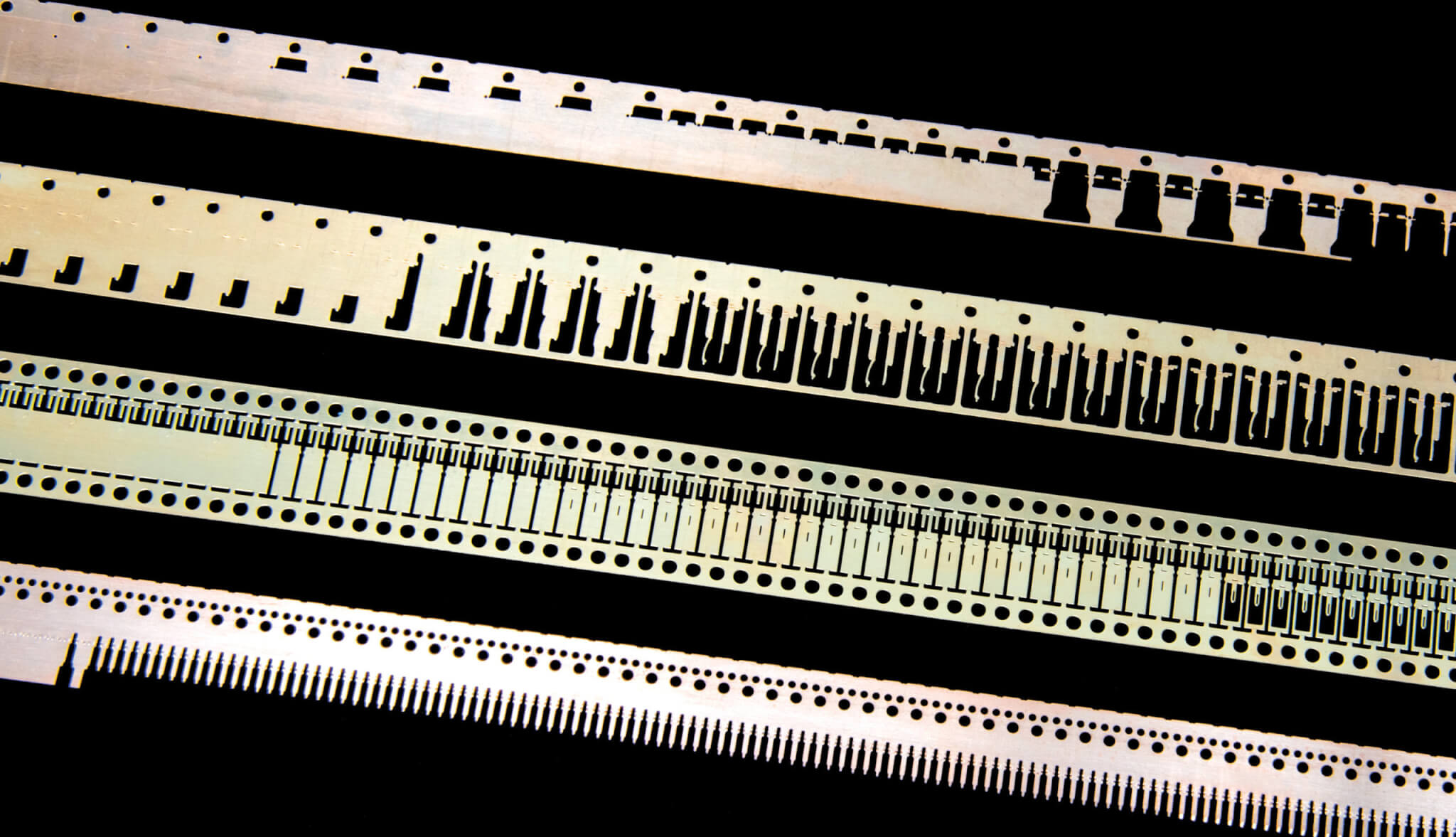
Contact Base Metals
Three common base metals for most board-to-board connectors are brass, beryllium copper, and phosphor bronze.
- Brass is the least expensive of the three and has excellent electrical properties. However, it’s not often recommended for contacts (receptacles) in a working beam because it could fail due to low yield strengths. The concern is the brass beams on the socket will take a permanent set. Meaning, after a few cycles, the contact beam(s) won’t spring back to its original position and it will not create enough normal force to properly mate with the terminal.
- Phosphor bronze is stronger than brass, has better spring properties, and is excellent for contacts that have relatively few mating cycles and low contact flexure. But its spring properties aren’t as good as Beryllium Copper, so it’s not used as much in micro pitch connectors. It’s good for bigger contact systems with longer beams with more deflection, like the Tiger Buy™ contact. Phosphor Bronze is more expensive than brass.
- Beryllium Copper (BeCu), while more expensive than most contact materials, provides the best combination of mechanical and electrical properties. Once formed and hardened, BeCu will retain its shape under a wide variety of conditions. And because BeCu has excellent spring properties (the beams spring back after cycling), it’s a great material for low profile and miniature connectors. BeCu is used in our popular Tiger Eye™ contact.
Plating
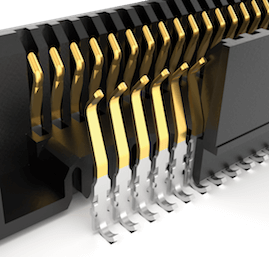
Choosing the right plating is critical to the success of a connector system. Plating affects the connector’s performance, life cycle, quality, and cost. The best plating finish is whatever meets your system requirements at the lowest cost. In other words, don’t over-design on the plating, but it’s a bigger problem if you under-design.
Gold is generally specified for high reliability, low voltage, or low current applications. Gold is used in high cycle applications because it’s rugged and has excellent wear properties (here’s example of a high-cycle connector). We also recommend gold for hostile environments because it will remain free of oxides which could cause an increase in contact resistance.
Tin is a lower cost alternative than gold and has excellent solderability. Unlike gold, tin is not a noble metal, meaning it starts to oxidize when it’s exposed to air. So a tin-plated contact system requires greater normal forces and a longer contact wipe area to break through this oxide film. The bottom line is, tin is better for applications with fewer cycles because of the extra forces exerted on the contact, and simply because it’s a softer metal.
Selective Gold-Tin Plating is Samtec’s most popular plating option. The contact mating area — the critical area where the contact interfaces the terminal pin and the signal is transferred — has the reliability of gold, and the tail, which is soldered to the board, has the lower cost and solderability of tin.
Number of Points of Contact
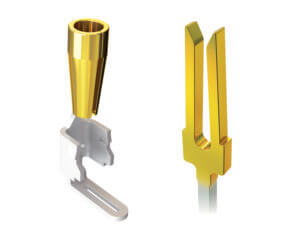
While not an absolute truth, in general, the more points of contact between the contact and the mating terminal pin, the more reliable the connection. All things being equal, a four-finger contact system is usually more rugged and reliable than a single-wipe contact system. But, all things being equal, a four-finger contact system is almost always more expensive than a single-wipe contact. Like most design considerations in the electronics world, there’s always a trade-off between cost and performance.

Likewise, there can be a significant difference in performance between two single-beam contacts. Single-beam contact “A” may be wider (i.e., more mating surface area), have a longer contact wipe area (i.e., also more mating surface area), and have better spring properties because it is made of BeCu. Contact “A” would be considered much more reliable than single-beam contact “B” that is smaller, thinner, and made of an inferior base metal.
But, does that mean single beam contact “A” is always the best choice for your application? Not necessarily. If the connector is going to be in a temperature controlled office environment, and if the connector set is only going to be cycled a few times over its life, then go with the less expensive option B.
Normal Force
Normal force is a perpendicular force to the surface of contact. Or, how much force does the contact exert on the mating pin, when the connectors are seated?
Normal force has been called the “single best predictor of connector performance.” If given the option between two connector series and all other attributes are equal, choose the one with higher normal force. This is important in harsh environments and keenly important if the environment will experience temperature extremes or high shock and vibration.
Closing Thoughts
Obviously this blog is meant to provide a quick overview of design issues to consider when selecting a mating connector set. It’s short on details but hopefully long on common-sense.
If you have questions please feel free to contact any of these friendly Samtec people:
- General connector questions: Application Support Group
- Connector processing questions: Interconnect Processing Group
- Signal integrity-related questions: Signal Integrity Group
Other links that may be of interest include:
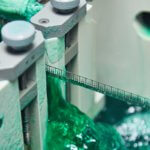
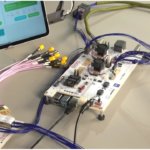

Leave a Reply